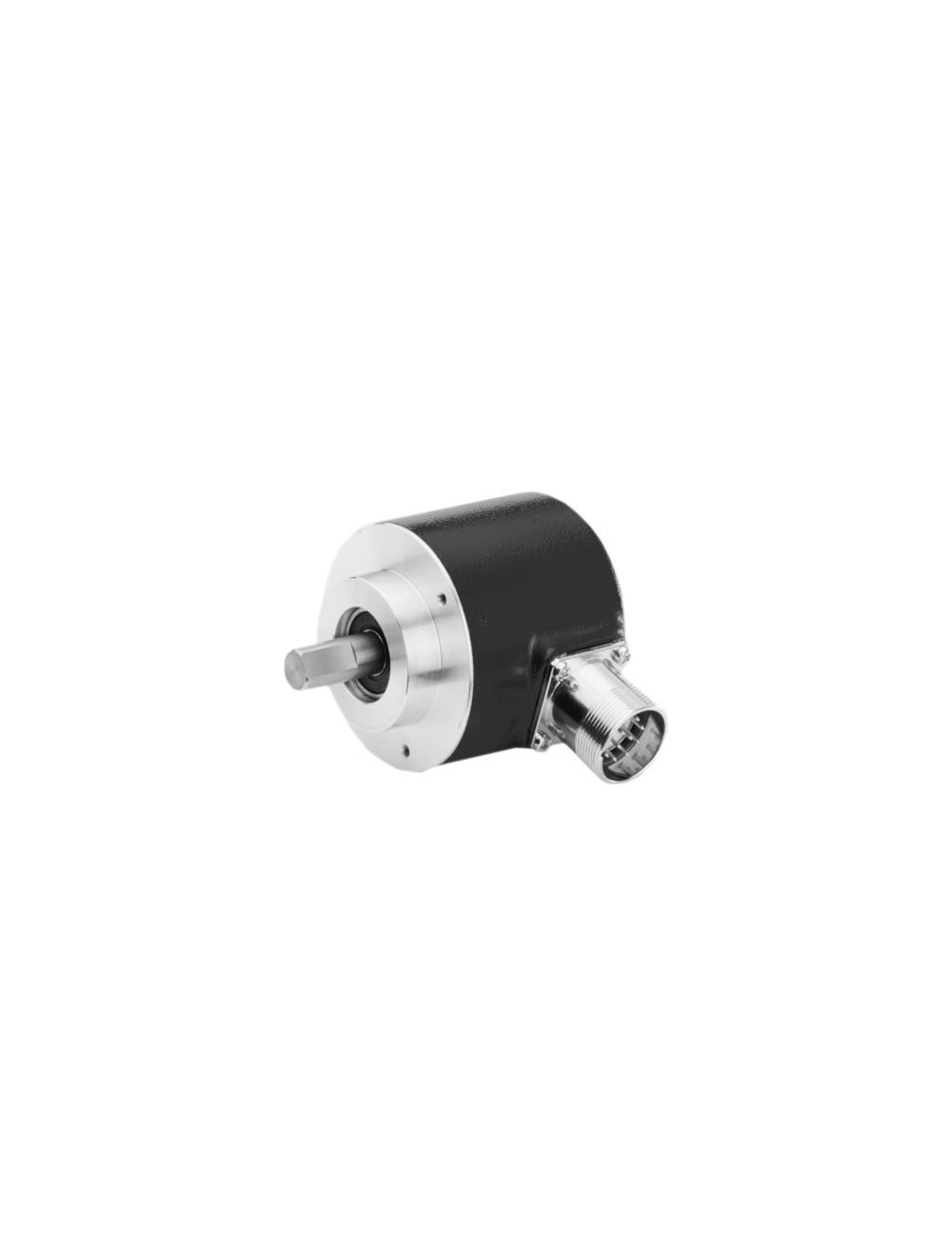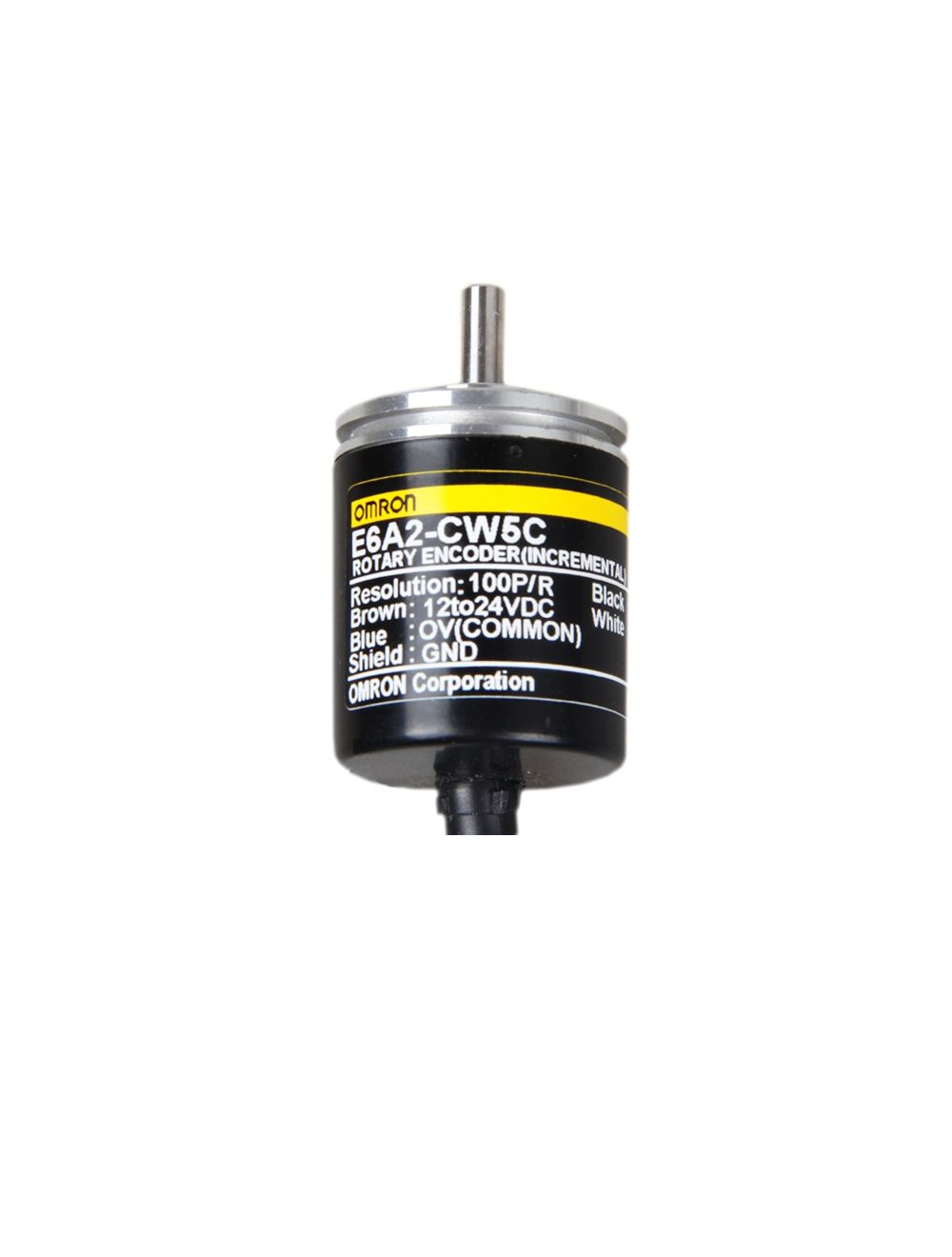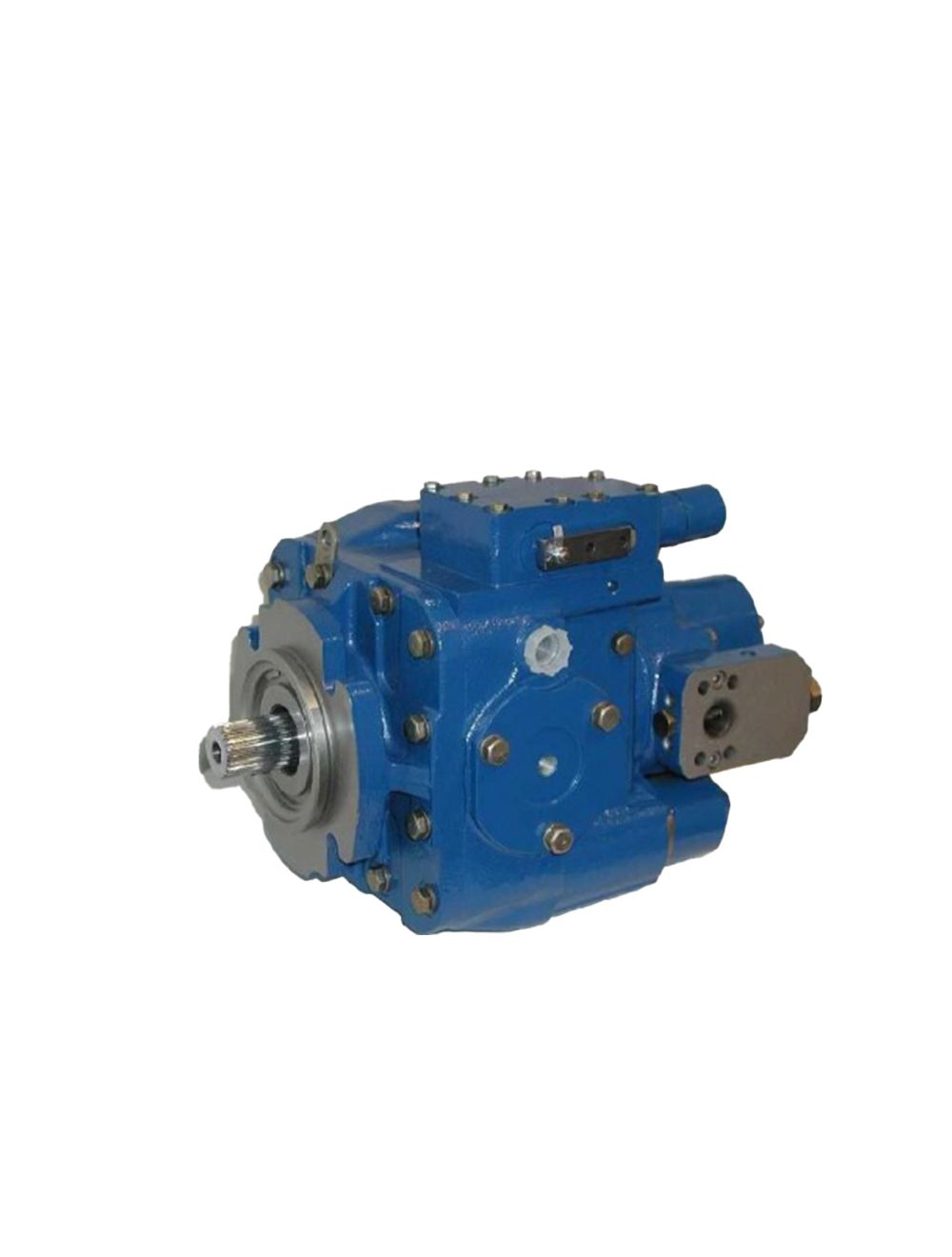Can Power Surge Damage Refrigerator?

Figure 1: Hydro workers work from boom buckets to restore power.
1. What is a Power Surge?
Power surge, also called transient overcurrent, is a short-term current and voltage fluctuation in the circuit, which usually lasts about one millionth of a second in the circuit.
In most countries, the typical voltage level for household appliances and electronic products is between 110 volts and 220 volts, while the average voltage in the United States is 120 volts. When the voltage entering the device through the wire increases significantly, this phenomenon is called a power surge. These power surges can be large or small, resulting in reduced performance of the plug-in devices or damage to them.
2. What Causes a Power Surge?
Power surge refers to an increase in "regular" voltage, usually caused by drastic changes or an increase in power demand. These actions, like turning on high-power appliances, vacuum cleaners, air conditioners, and washing machines, can all cause surges and peak voltages. Any type of interference can damage electronic equipment. In addition, inclement weather (lightning) and the daily shut-off and maintenance work of the power company will bring destructive surges to the power cord.
There are many reasons for power surges. The main reasons are electrical overload, wiring errors, lightning strikes, and the restoration of power supply after a power outage or blackout.
2.1 Electrical Overload
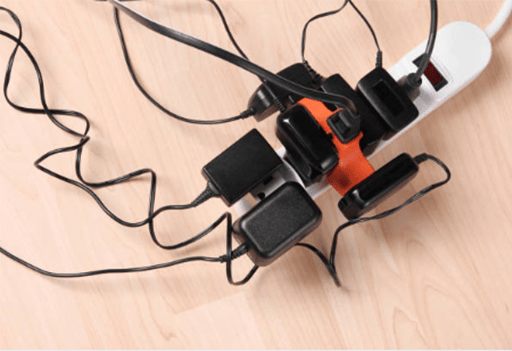
Figure 2: Many chargers are plugged in a socket.
When too much power is drawn from a single circuit, electrical overload may occur. The most common cause of this situation is excessive use of extension cords and too many devices plugged into the same circuit. After an electrical overload, power surges are common because an overwhelmed single circuit may receive a large amount of current and subsequent voltage spikes, which are drawn from the excess power.
2.2 Wiring Error
Wiring errors are a potential internal cause of power surges, and damaged or exposed wires are more likely to make this happen. It may not be easy to see the problematic wiring, especially when it is installed in a wall.
However, there are other signs of wiring errors. These signs include burning marks in sockets, burning smells from wires or sockets, buzzing noises from sockets, and frequent tripping of circuit breakers. If these signs appear, please unplug all connected electrical equipment immediately and turn off the power of the area as fast as possible. If you suspect a wiring error, it is best to contact a certified electrician to check.
2.3 Lightning Strike

Figure 3: Lightning in the dark.
Lightning can cause serious damage by triggering electrical surges. Lightning damage is usually caused by directly hitting the power line, which generates a large voltage. When this happens, the electrical system could only accept excessive current and has no other choices. This can produce huge voltage spikes, which in turn can cause significant surges. Therefore, you should unplug any equipment that does not have surge protection during a major storm.
2.4 Power Outage
Power outages are usually caused by large-scale grid failures. Although a power outage usually does not cause any problems, the restoration of power supply after a power outage usually causes any problems. When power is restored after a power failure, it is common for the current to increase suddenly. Therefore, this kind of surge may damage any plug-in appliances and equipment that do not have a surge protector.
The following focuses on the analysis of the damage caused by the surge to the refrigerator and how to avoid it.
3. Refrigerator Damage Caused by High Voltage Surge
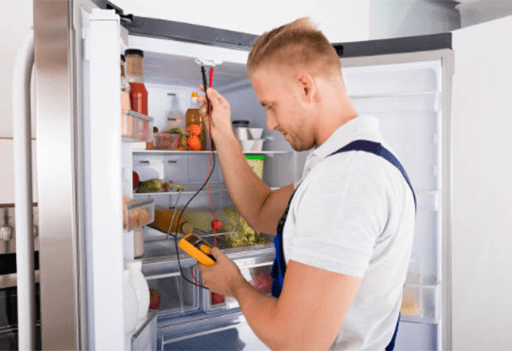
Figure 4: A young repairman is checking the refrigerator with a digital multimeter.
The refrigerator refrigeration system is a vapor compression refrigeration system, which is composed of the following components to form a closed system. The system is filled with refrigerant, which is driven by the compressor to circulate in the system pipeline. And it absorbs heat by the evaporator and releases heat by the condenser to achieve cooling function.
High voltage surge is one of the main causes of refrigerator damage. When the surge voltage rises, it will cause an inrush of current in the refrigerator. This surge generates excessive heat, which can damage many parts of the refrigerator. The three components that we often see damaged by high-pressure surges are the control panel, compressor and ice maker.
3.1 Control Panel
The control panel is the most sensitive part of the refrigerator. Therefore, when the surge current generates too much heat, it is easily damaged. Refrigerators with damaged control panels can usually be repaired because the control panels are relatively cheap and easy to replace by people themselves.
3.2 Compressor
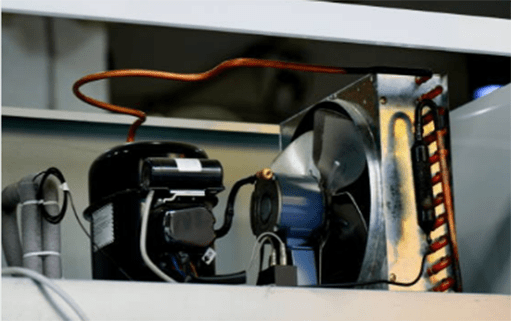
Figure 5: Condenser unit for cooling.
Although the compressor is not damaged as often as the control panel, it can also be damaged by powerful high-pressure surges. A strong current can damage the windings that provide the compressor's starting and operating functions, leading to premature compressor failure. If the compressor is damaged, sometimes it is better to replace the refrigerator because the cost of replacing the compressor is high.
3.3 Ice Maker
If it is a refrigerator with an ice machine, the voltage surge can also damage the ice machine of the refrigerator. When an inrush of current causes additional heat to be generated in the component, it may cause a short circuit in the electrical connection of the ice maker. The replacement cost of ice maker components is relatively low, and if parts are available, refrigerators with this type of damage can usually be repaired.
4. How to Prevent Power Surge from Damaging the Refrigerator?
There are many ways to prevent damage from power surges. By ensuring that your equipment does not overload the circuit, you can prevent internal surges. Note that large electrical appliances for example air conditioners should not share the same socket with other electrical appliances, and ensure that the wiring conforms to the specifications.
Although external power surges are sometimes unavoidable, you can still prevent damage to equipment and appliances by unplugging them during major storms.
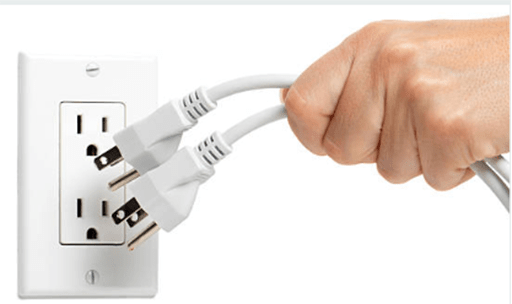
Figure 6: Unplugging electrical cords.
You can also use surge protectors for your appliances and gadgets. First plug the surge protector into the wall outlet, and then plug the refrigerator into the surge protector. If a power surge occurs, a surge protector will help prevent electrical damage to the refrigerator. It can prevent excess voltage from reaching your electronic equipment in the event of a power surge.
However, the only way to absolutely protect your refrigerator from power surges is to unplug it completely. Many power surges happen randomly, but if you know that a thunderstorm is coming, you can unplug your electrical appliances as an extra precaution. Once the threat has passed, just plug it in again.
Related Info
How to Tell if Your Refrigerator Compressor is BadWhat are the Signs of a Bad Refrigerator Compressor?
Is It Necessary to Replace Your Refrigerator Compressor?
Four Methods to Maintain the Central Air Conditioner Compressor
Recent related posts
09/23/2021
Can Power Surge Damage Refrigerator?
Power surge, also called transient overcurrent, is a short-term current and voltage fluctuation in the circuit, which usually lasts about one millionth of a second in the circuit.
09/18/2021
Analysis of Refrigerant Prices Rising
Refrigerant is a compound that usually exists in a liquid or gaseous state. It easily absorbs heat from the environment
09/17/2021
How to Replace Refrigerator Compressor
If the refrigerator compressor is broken and can no longer be repaired, you need to buy a new one to replace it. When replacing, you need to follow the correct steps.
09/15/2021
6 Reasons for Refrigeration Compressor Not to Start
When speaking of air conditioners, everyone is familiar with them. Especially in the hot summer, we would not know how to live without it.
09/08/2021
How to Test a Wheel Speed Sensor?
The wheel speed sensor is used to test the wheel speed of a car. For modern vehicles, wheel speed is essential.
09/07/2021
How to Test a Mass Flow Sensor?
The mass flow sensor, or air flow sensor is one of the important sensors of the electronic fuel injection engine.
09/06/2021
Why is Your Car AC Starting and Stopping Frequently?
Many car owners are puzzled to find their air conditioners starting frequently while driving. In fact, the normal start and stop period of the air conditioner
09/04/2021
Where is the Throttle Position Sensor Located?
The throttle Position Sensor (TPS), located on the butterfly spindle, is operated by the throttle, and its installation varies according to the structure.
09/03/2021
How to Communicate PLC to VFD
PLC (Programmable Logic Controller) and VFD (Variable Frequency Drive) play an important role in industrial production and technological development.
09/02/2021
What does the Tire Pressure Sensor Fault Mean?
Automotive sensors are the fastest growing and most used type in recent years. The development of the automotive industry stimulates
Customers frequently viewed
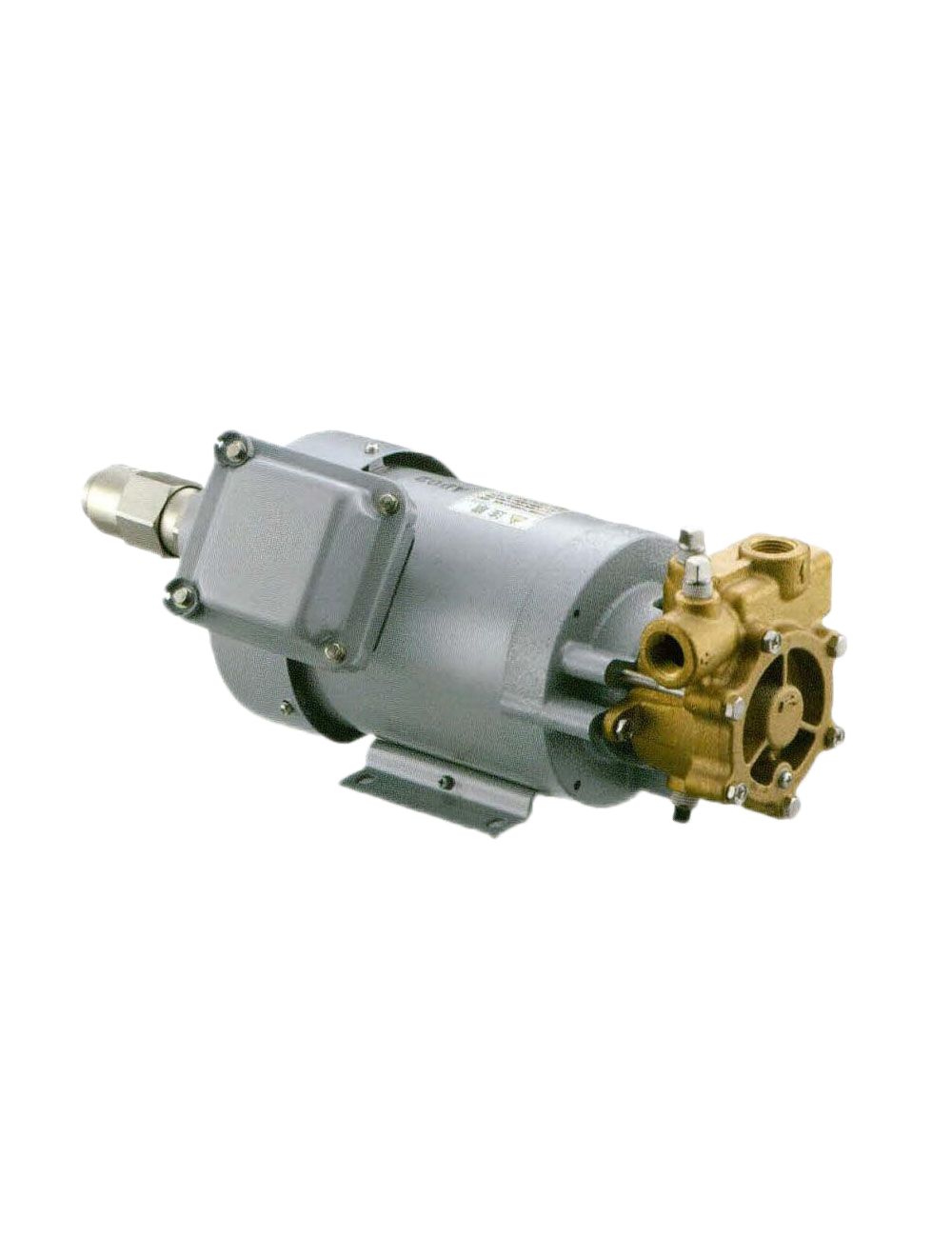
IWAYA DENKI Water Pump 25CJT0752

Panasonic Servo Motor MHMF022L1V2M
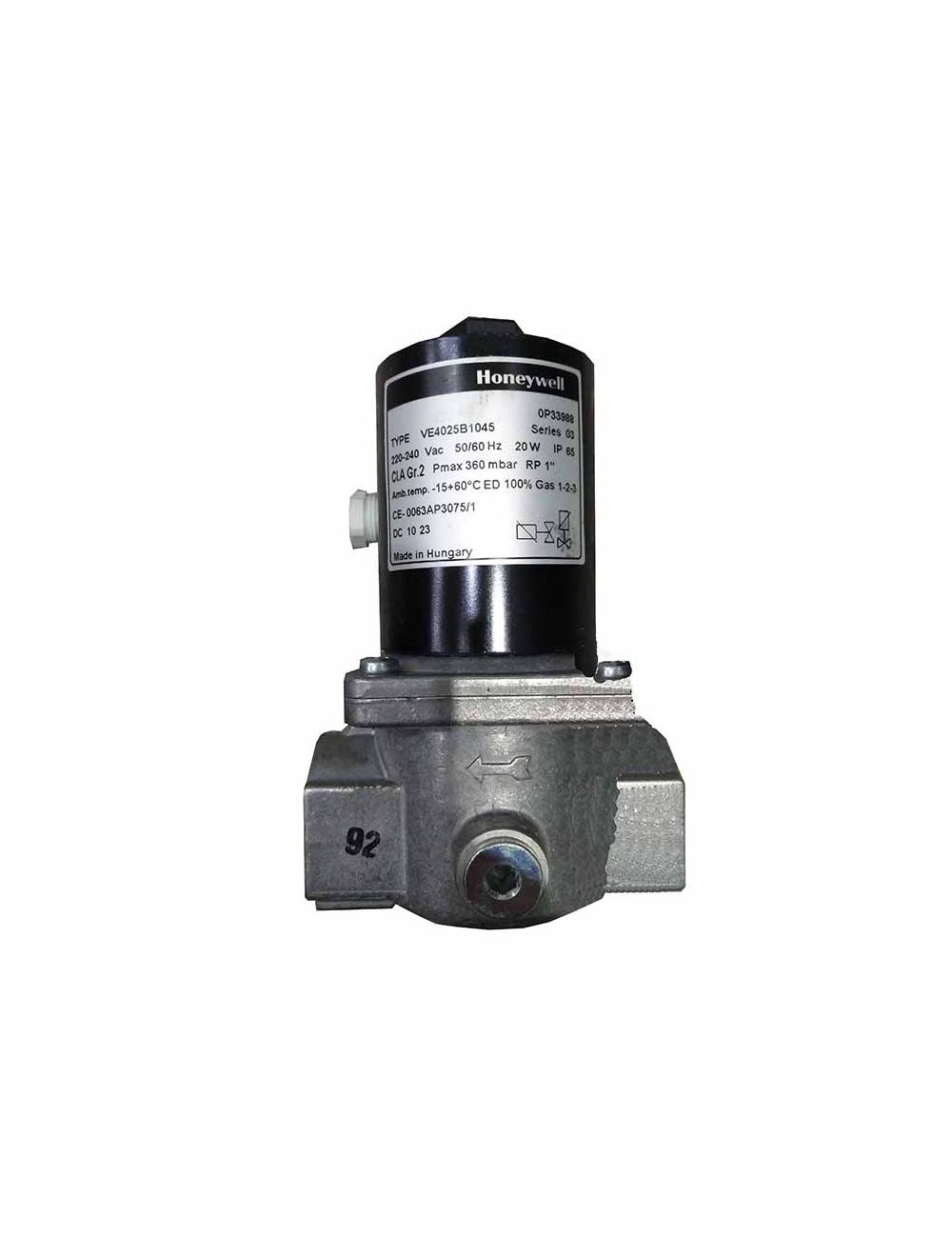
Honeywell Solenoid Valve VE4025B1045
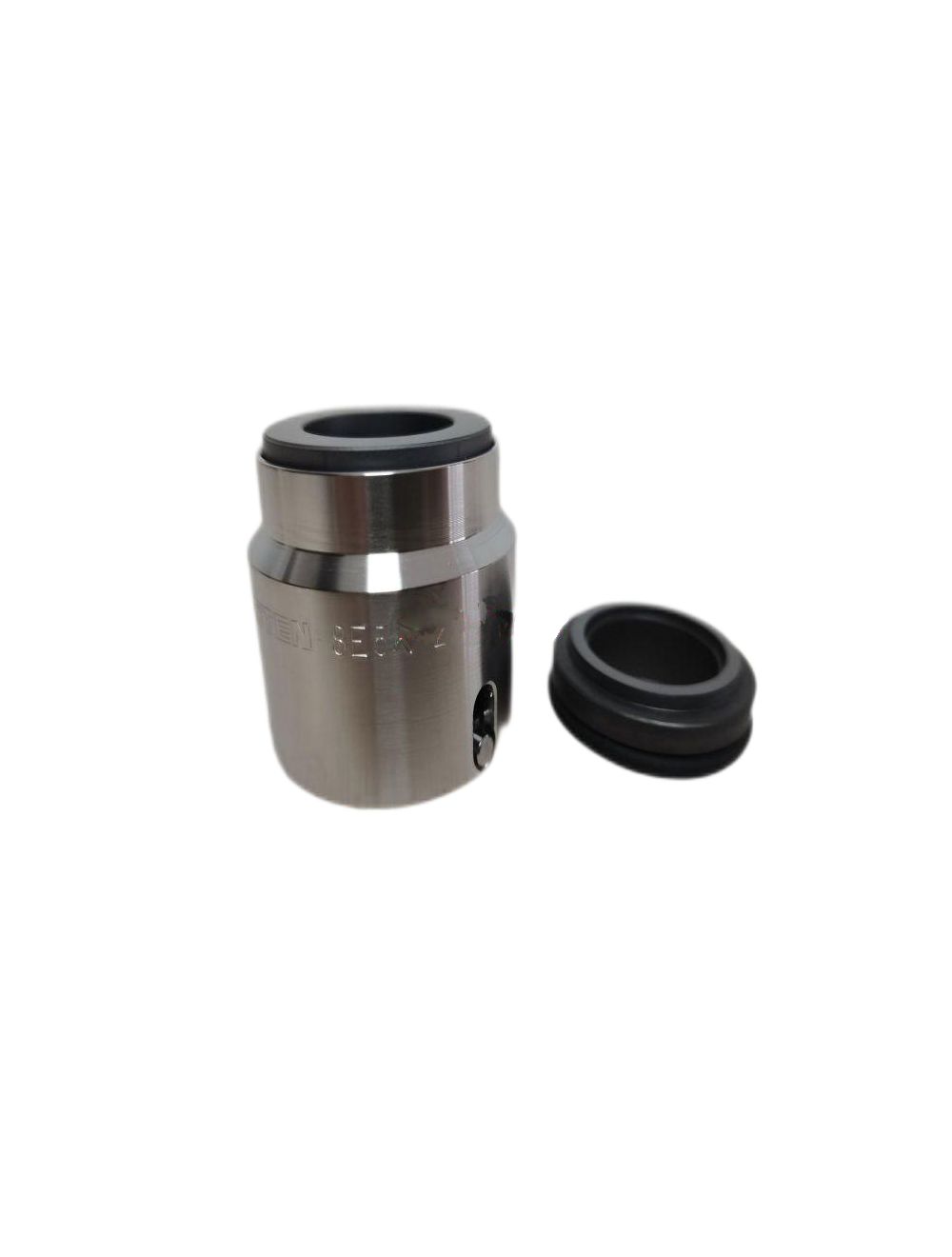
ROTEN Mechanical Seal 8E5K-22-X
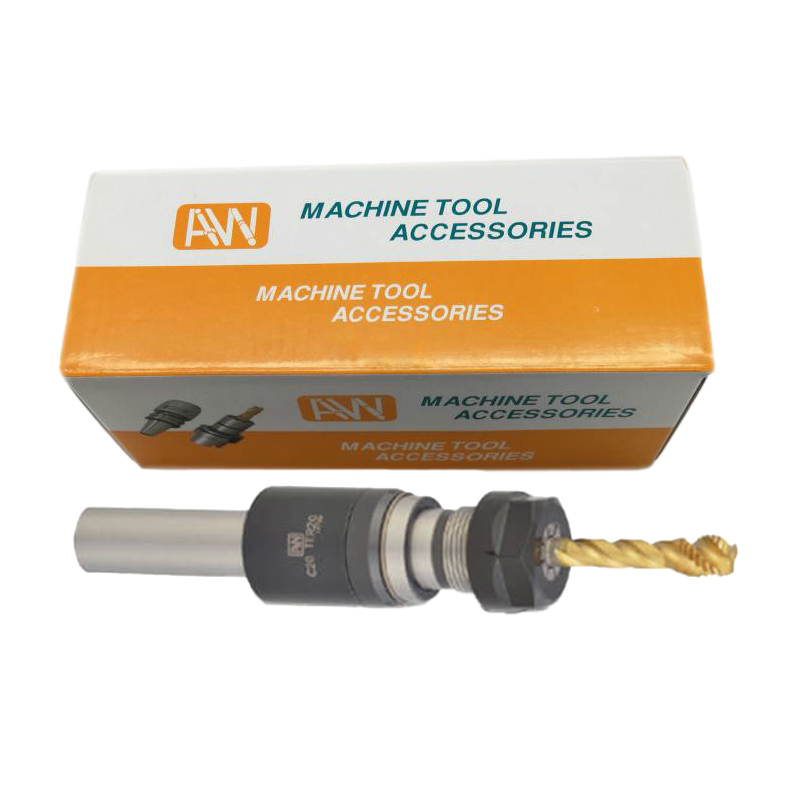
ANN WAY Tool for Metal Cutting C40 TER16
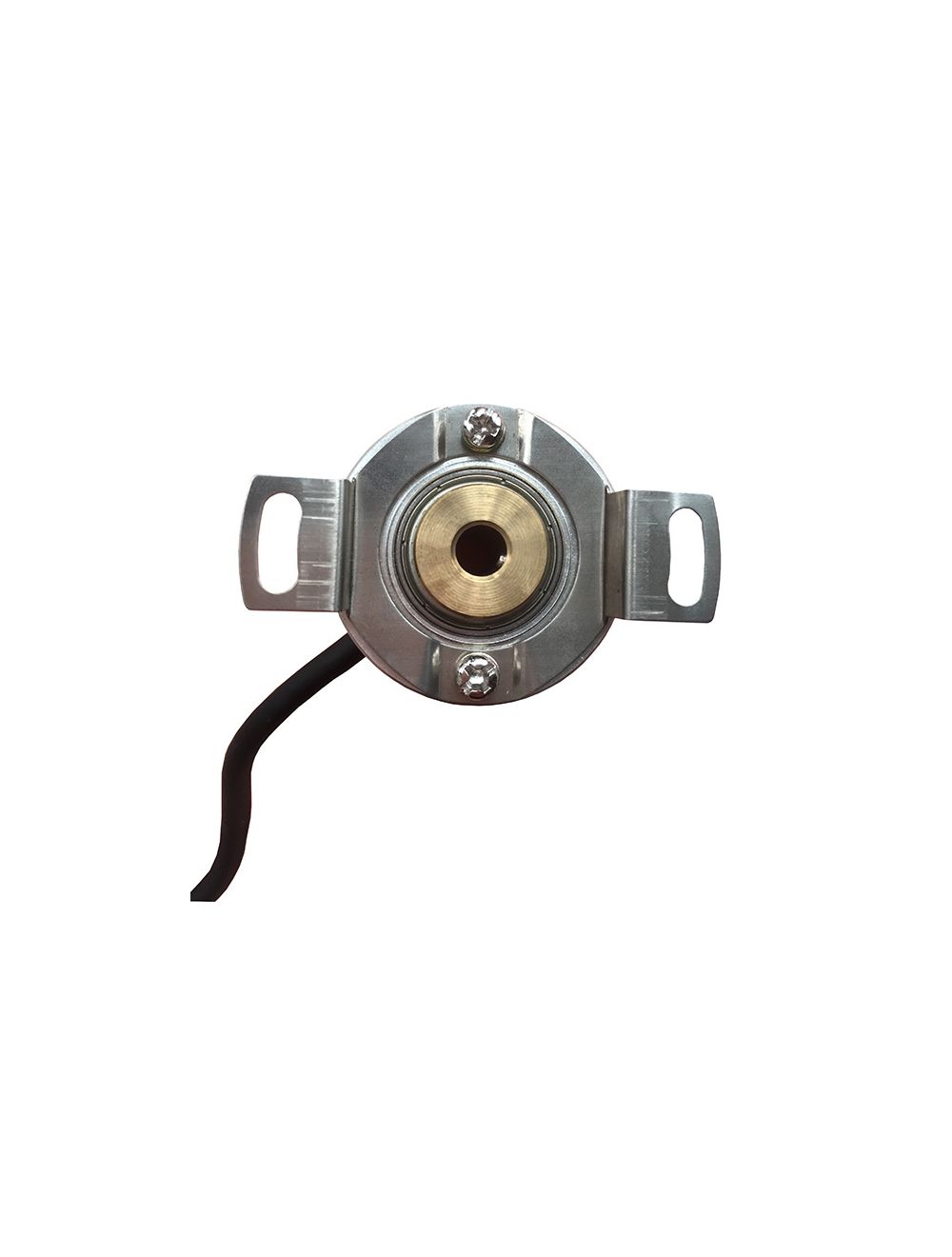
LS Mecapion Encoder H40-8-0300ZC
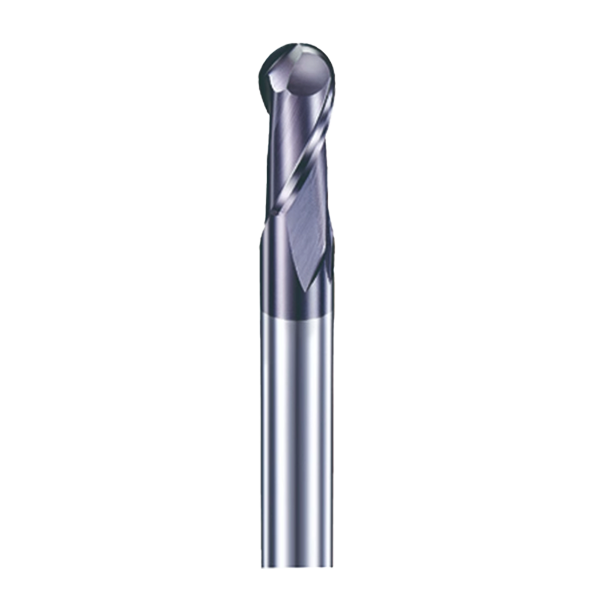
DHF Tool for Metal Cutting DHB0802

Omron Light Curtain F3SJ-A1270N30
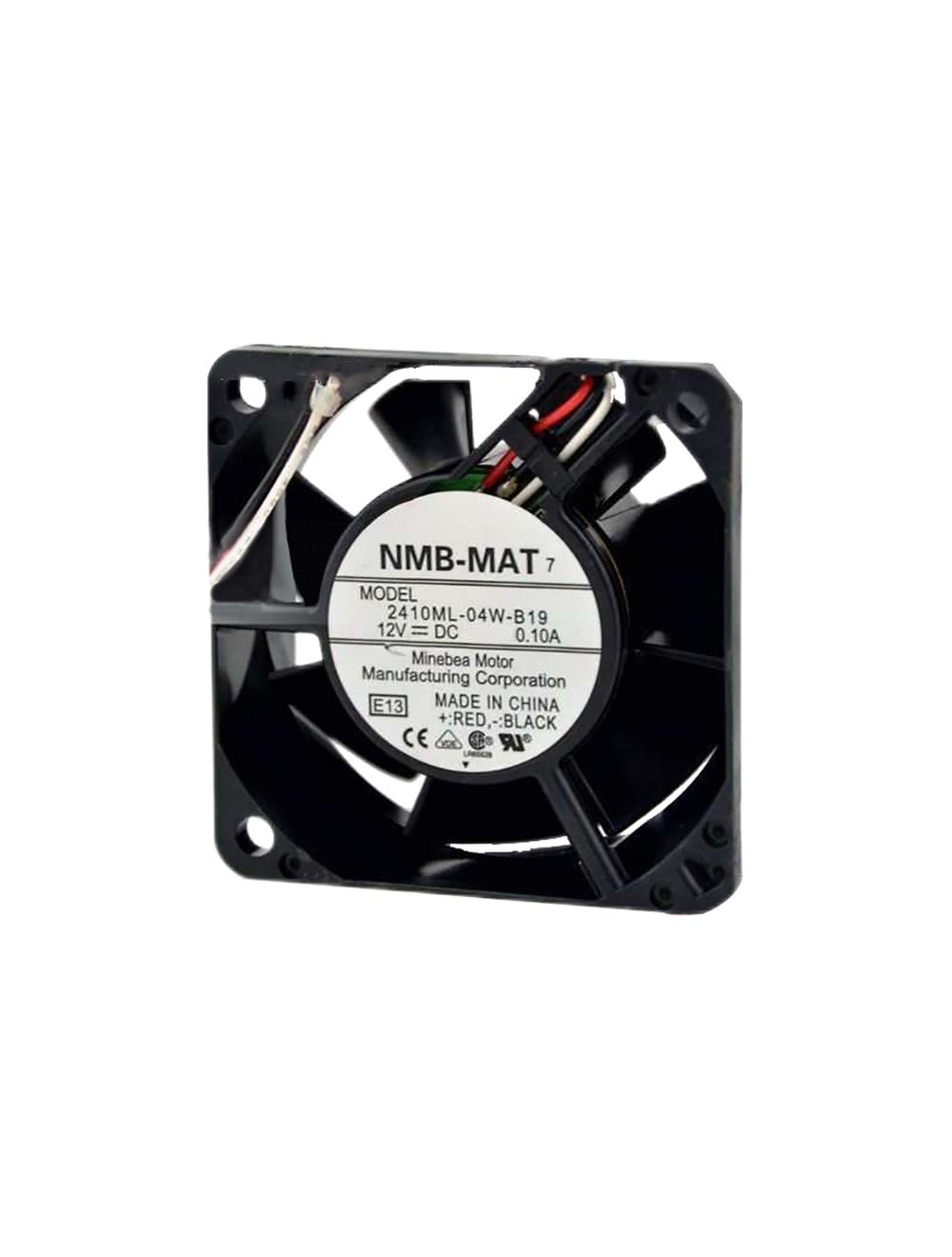
NMB-MAT Fan 2410ML-04W-B19
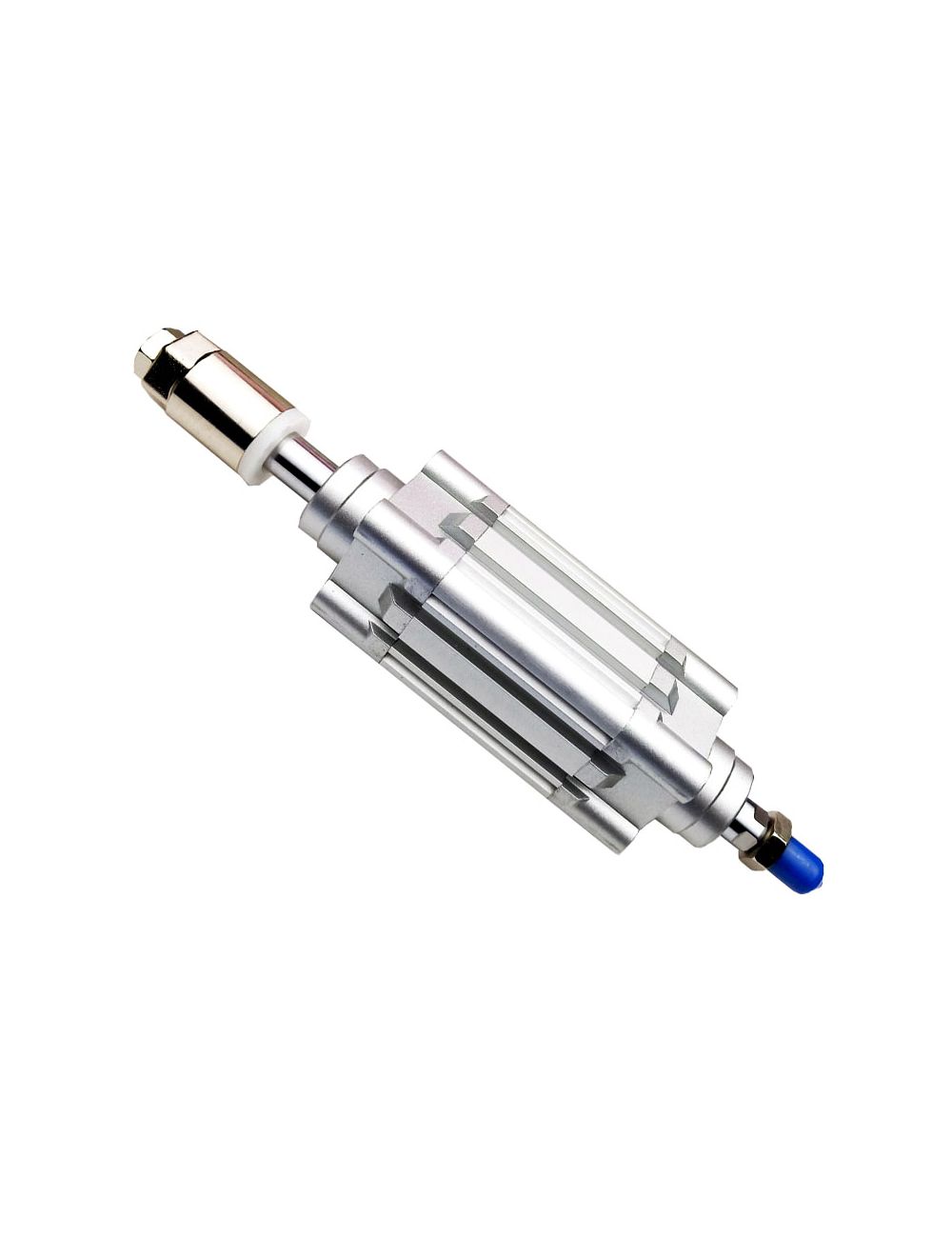
AirTAC Air Cylinder SEJ63X120-50S

